Say what you will of Michael Eisner and his later tenure with Disney… in the early 1990s, no one was thinking bigger.
Just a few years into the rising “Disney Renaissance” sparked by 1989’s The Little Mermaid, Disney’s movie studios were on an all-out roll, with hit after hit after hit at the box office. Disney’s parks, too, were flourishing under Eisner’s new, modern, thrilling decrees, and the promise of the soon-to-open Disneyland Paris was destined to be Eisner’s legacy-leaver, marking him forever as the CEO who oversaw the expansion to Europe and its big-budget, master-planned, built-out resort – the grandest and most elaborate Disneyland-style park ever.
Image: Disney
And while he was dreaming big, Eisner had Imagineers sketch out some plans for a way to incorporate Indiana Jones more fully in Disneyland.
The Lost Expedition
Here’s where our conversation comes full circle…
In the 1950s, “adventure” was the unknowable expanse of Africa’s jungles… deep, dark, exotic, and unexplored, the Jungle Cruise was an embodiment of adventure.
In the 1960s, “adventure” changed to the magical, South Seas simplicity of Polynesia, and the tropical wonders of the Enchanted Tiki Room marked the change.
Image: Paramount / Lucasfilm
But in the tiny, miniscule footprint of Adventureland, things had remained approximately the same for twenty-some-odd years… Until “adventure” changed again. And now, adventure had a name: Indiana Jones.
Which is why Imagineers’ plans called for most of Adventureland to be entirely annexed to a sort of “sub-land” they called Indiana Jones and the Lost Expedition. This massive parcel of the park would’ve become an entire Indiana Jones area centered around a sunken river temple along the banks of the Jungle Cruise’s waterways.
Image: Disney / Lucasfilm
Naturally, the Jungle Cruise would become absorbed into the Lost Expedition’s style and setting, with its once-pristine, candy-striped boats becoming aged, rusted, tattered steamers straight from Indy’s 1940s story. The ride would now be interwoven into the timeline and mythology of Indiana Jones, adding more mystical and sensational scenes as the rusted boats now plunged into adventure. Guests would sail past new ancient relics and through forgotten tombs in a new quest fusing the classic ride's wildlife encounters with a new Indiana Jones style.
Image: Disney
And it wouldn’t just be absorbed conceptually; the Jungle Cruise would literally pass into the Lost Expedition’s temple – a gargantuan showbuilding featuring no less than four attractions criss-crossing one another and playing a role in the land’s new story.
Aside from the Jungle Cruise and the Disneyland Railroad, each re-routed to pass through and into the temple’s lore, this massive complex would include a mine-cart style roller coaster (modeled after Temple of Doom’s finale) and a Jeep-led dark ride through the temple’s interior, across crumbling bridges, past ancient shrines, and into molten hot lava chambers teetering along cliff’s edges.
Click and expand for a much larger and more detailed view. Image: Disney / Lucasfilm
The Lost Expedition would have been one of the largest expansions in Disneyland’s history. But as it turned out, another expansion doomed it.
When Disneyland Paris opened in 1992, it didn’t make many fans. French locals had lambasted the park from its announcement, and their feelings toward it hadn’t cooled much since its opening. With six increasingly deluxe hotels meant to support a single theme park (and just an hour from the beauty and plentiful hotels of Paris), the French resort crashed and burned, entering a financial freefall from which it’s still reeling today.
Now, the park meant to be Eisner’s legacy threatened to destroy his reputation, which sent him into survival mode. Across the company, budgets were slashed as Eisner tried to recoup the loss of the European resort. That’s why the Lost Expedition is just one of the many amazing never-built concepts cancelled directly after the opening of Disneyland Paris.
Thankfully, Imagineers rallied around the idea of bringing Indiana Jones to Disneyland, even if in a more reserved way. Indiana Jones Adventure: Temple of the Forbidden Eye opened at Disneyland on March 3, 1995 (just shy of the park's 40th birthday). As with any Hollywood hit, its debut was marked with a red carpet, star-studded gala attended by Michael Eisner and George Lucas, as well as Arnold Schwarzenegger, Keenan Ivory Wayans, Carrie Fisher, Tony Danza, Dan Aykroyd, and other 1990s stars.
Luckily for them and for us, even a “downgraded” Indiana Jones attraction is still perhaps the most ambitious dark ride Disney has ever designed thanks to three key innovations…
1) A new technology
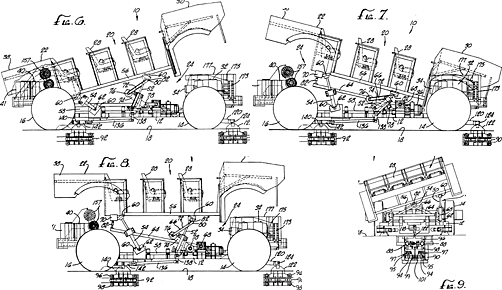
In 1995, Disney filed a patent for a brand new technology that would literally change the industry forever: the EMV, or Enhanced Motion Vehicle. Almost unbelievable, this groundbreaking design revolved around a slot-car style ride with a four-wheel array powered by a bus bar fed through a slot in the track, not unlike a heavy-duty Fantasyland dark ride. The difference, though, was that the passenger assembly (holding 12 people in three rows of four) was supported atop a hydraulic motion base, capable of pitching, bucking, and twisting. Each vehicle, in a sense, is like a miniature, open-air STAR TOURS pod, disguised until out of queuing guests line of sight as simple, rumbling, 1930s troop transports reclaimed from the "Great War."
That meant that, aboard this unprecedented dark ride, the EMV would become an active participant in the adventure. While the ride's wheels rode smoothly and comfortably through the dark ride, passengers seated on board would feel as if the Jeep they rode in was rumbling over rough terrain, tearing across collapsed ruins, banking around turns, teetering guests over chasms, and slamming over rubble.
Image: Disney
What's more, each of the ride's 17 troop transports was programmed with its own personality... Some were designed to be afraid of the dark, sputtering and stalling in dark scenes; others are programmed to be afraid of loud noises, bucking and racing away when confronted with the ride's surprise scares. Though subtle, no two rides on Indiana Jones Adventure would be exactly the same... a kind of personalization unseen before the EMV.
2) A new main character
When Disneyland opened, the classic dark rides in its Fantasyland did something interesting: they supposed that guests would become the protagonist of its storybook tales. For example, while racing through the dark forest, riders were seeing through the eyes of Snow White; when soaring over London, we became Peter Pan. The problem is, the concept didn't stick. Guests wondered aloud why Snow White was no where to be seen in a ride supposedly dedicated to her.
Image: Disney
Before long, mannequins of the main characters were retroactively added to those dark rides (reinforced in later renovations), subtley changing our role as guests from actors to observers; we're racing through the Streets of London, sure, but we're always a few steps behind Mr. Toad, merely seeing the chaos left in his wake.
Guests roles only got more "passive" thanks to the invention of the Omnimover (certainly one of Seven Modern Wonders of the Theme Park World), meaning guests merely pass through scenes that continuously loop rather than watch actions trigger specifically for them. (A style that works like magic on Haunted Mansion or Tomorrowland's Lost Legend: Adventure Thru Inner Space, but significantly less effectively on the Little Mermaid dark rides in Florida and California).
Eisner's new concept of "riding the movies" shifted that model. The new star? You. Combined with the precise programming of the EMV, the events that unfold on Indiana Jones Adventure don't just happen around you or even to you... they happen because of you.
3) A new kind of queue
The new ride designed for Disneyland would be downgraded from the grand plans for the Lost Expedition... but it would still be massive. The showbuilding needed to support such a gigantic adventure would require a large piece of real estate in the miniscule Disneyland, which is already landlocked. Lead Imagineer Tony Baxter reported that company executives initially said there was only space for the ride in a plot of land near Tomorrowland. Of course, those logistics didn't quite work for Imagineers, meaning they needed to get creative.
Image: Open Street Maps
Indiana Jones Adventure was constructed in a reclaimed part of Disneyland's parking lot, the Eeyore Lot. Unfortunately, that left the ride's loading dock a quarter of a mile from the nearest pedestrian path inside the park. That's not enough to stop Disney Imagineers, of course, who constructed one of the longest queues ever devised to carry guests out to the remote showbuilding and back... Essentially the length of Main Street, U.S.A., this disguised tunnel leads guests along the edge of the Jungle Cruise, under the Disneyland Railroad, and into the towering showbuilding visible from Downtown Disney.
Naturally, designers viewed this queue not as a barrier, but as a blank canvas...
And that's where our descent into the Temple of the Forbidden Eye begins. On the next page, we'll journey through one of Disney's most elaborate stories ever and ride through the unforgettable, Disneyland-exclusive E-Ticket that turned the park into a modern landmark. Read on...
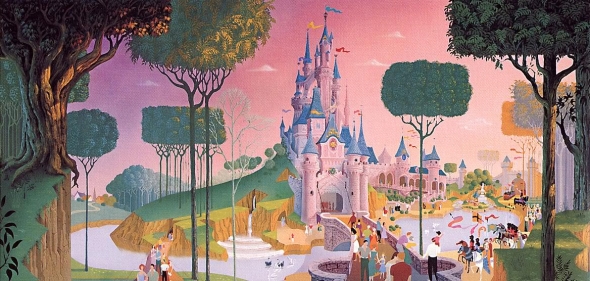
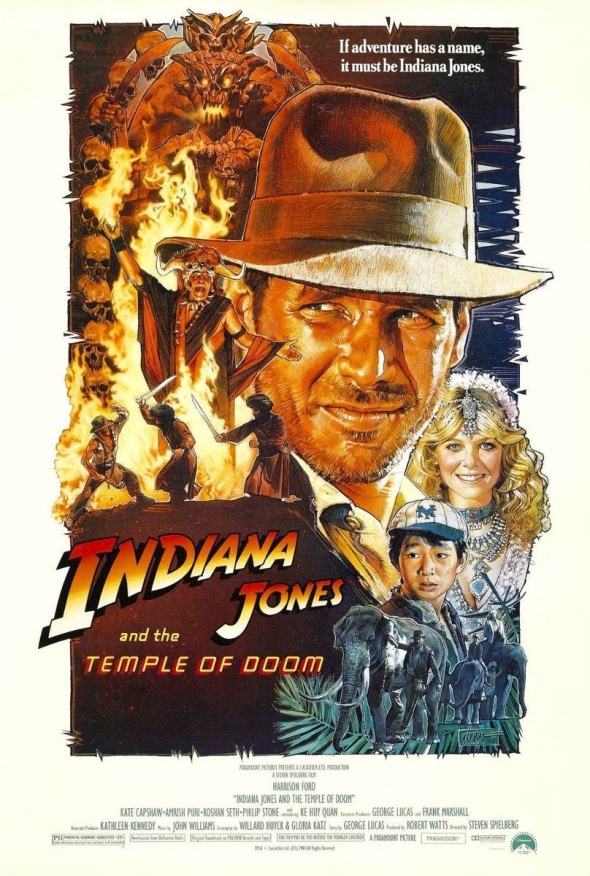
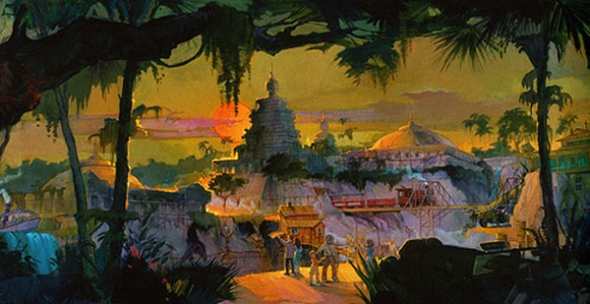
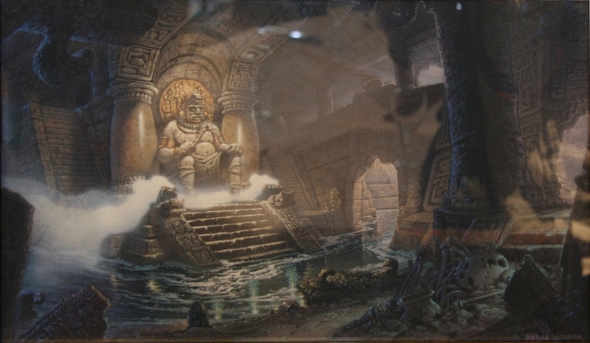
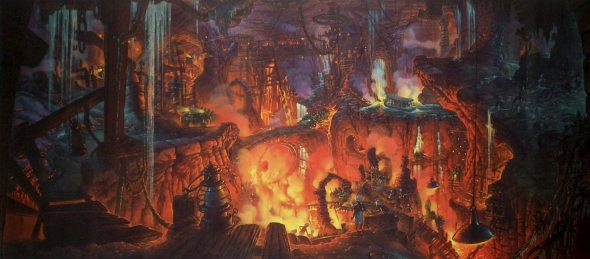

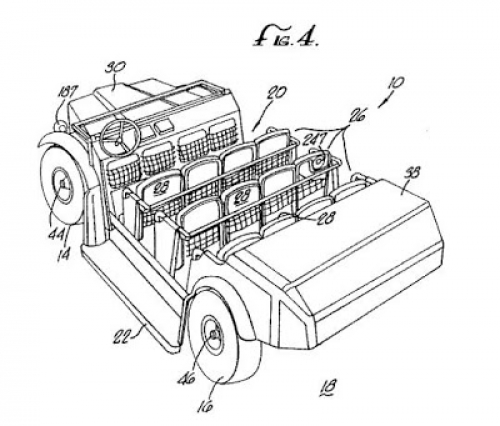
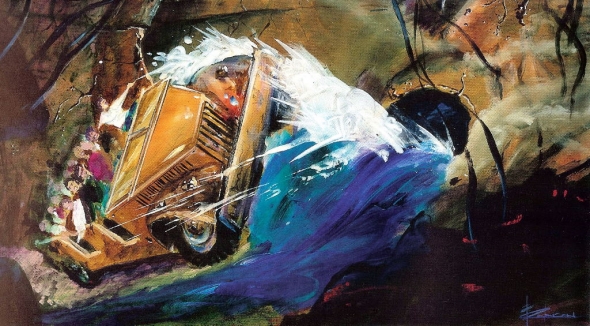
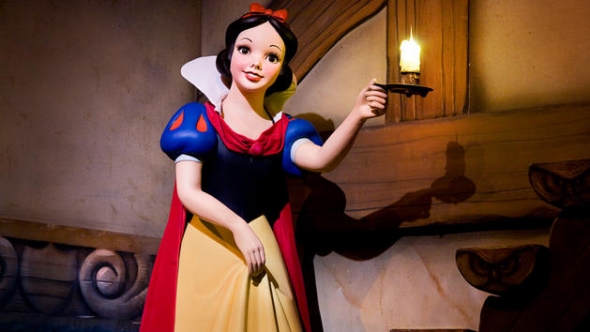


Add new comment